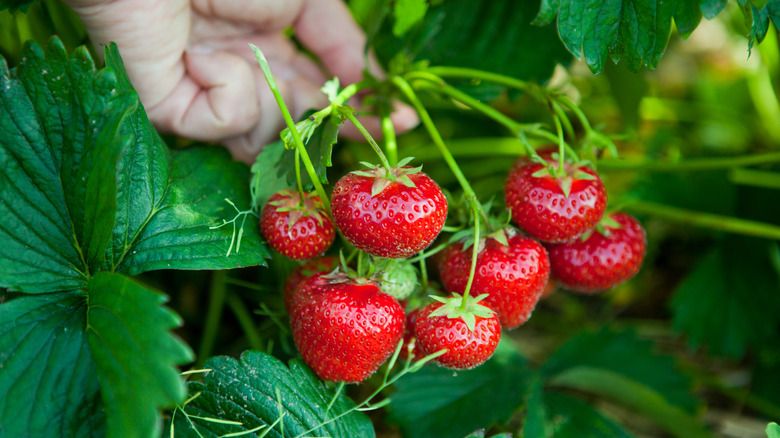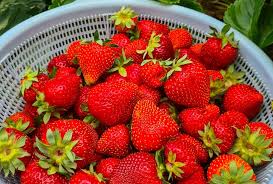Growing strawberries is one of the most rewarding experiences for gardeners. The taste of freshly picked, homegrown strawberries far surpasses anything you’ll find in a store. They can be cultivated in various ways—planted in the ground, grown in pots, or cascading elegantly from hanging baskets. By mastering a few key techniques, anyone can grow sweet, juicy strawberries effortlessly. Here’s your ultimate guide to achieving a bountiful strawberry harvest.
Choosing the Right Strawberry Varieties
Strawberries are categorized into three primary types:
- Summer-Fruiting (June-Bearing):
These varieties produce large berries over a short period, ideal for making jams or freezing. To extend your harvest, select early, mid-season, and late varieties. - Everbearing (Perpetual):
Although the berries are smaller, these plants produce fruit in small batches throughout the summer and into autumn, offering a steady supply. - Day-Neutral:
Similar to everbearing types, these plants are unaffected by day length and yield berries steadily throughout the growing season.

Additionally, alpine and wild strawberries are smaller but boast an intense flavor, making them perfect for garnishing or snacking.
Top Varieties to Try:
- Early: Honeoye, Vibrant
- Mid-Season: Cambridge Favourite, Pegasus
- Late: Symphony, Rhapsody
- Everbearing: Delizz F1, Alice
Planting for Success
Strawberries thrive in sunny locations with at least 6–8 hours of sunlight daily. To enhance soil fertility, incorporate well-rotted compost or manure before planting and consider adding an organic fertilizer like fish, blood, and bone.
Planting Tips:
- Space plants 18 inches apart (closer in containers).
- Position the crown just above soil level to avoid rot.
- Use mulch (straw or dried grass) to suppress weeds, retain moisture, and keep fruit clean.
For an eco-friendly alternative to plastic mulch, consider natural options like coconut fiber mats or simply opt for straw, which is both practical and aesthetically pleasing.
Growing in Containers
Strawberries are excellent for container gardening. Wide pots, hanging baskets, or stacked “strawberry cascades” make efficient use of space while keeping berries off the ground and away from pests.

Strawberry Cascade Setup:
- Use three progressively smaller pots.
- Thread a bamboo cane through the center for stability.
- Plant three strawberries in the largest pot, two in the middle, and one on top.
This tiered arrangement maximizes space while creating a visually stunning display.
Care and Maintenance
Watering:
Keep soil consistently moist, especially for container plants. Aim water at the base to prevent wetting the fruit, which can encourage mold.
Frost Protection:
Strawberry flowers are susceptible to frost damage. Use row covers or cloches to shield plants during cold spells.
Feeding:
Apply a high-potassium feed, such as liquid tomato fertilizer, once plants begin flowering to support fruit production.
Dealing with Pests
- Birds: Protect your crop with netting or decoys like painted red pebbles to discourage pecking.
- Slugs: Organic solutions like beer traps can effectively manage slugs.
Harvesting and Propagation
Pick strawberries when fully red and ripe, ideally in the afternoon for the sweetest flavor. Excess fruit can be frozen, dehydrated, or made into jams.
To propagate, pin down runners (long stems with plantlets) and allow them to root. These can later replace older plants, which become less productive after a few years.
Advanced Techniques: Forcing and Seed Starting
- Forcing: Bring pots of strawberries into a greenhouse in early spring for an extra-early harvest.
- Seed Starting: Grow plants from seed for a cost-effective way to expand your garden. Germinate indoors and transfer seedlings outdoors once established.
With a little care and attention, you can enjoy a plentiful supply of delicious, homegrown strawberries. Follow these tips, and your garden will be brimming with the sweetest, juiciest berries all season long. Happy growing!
